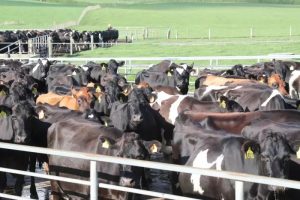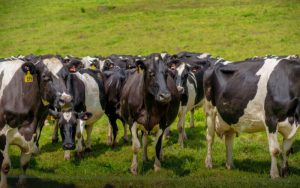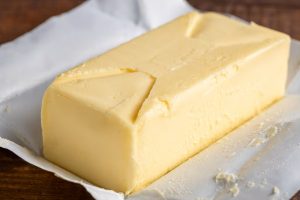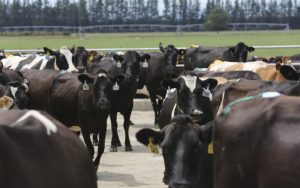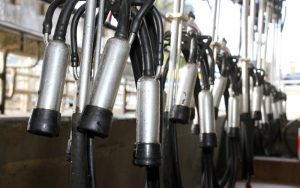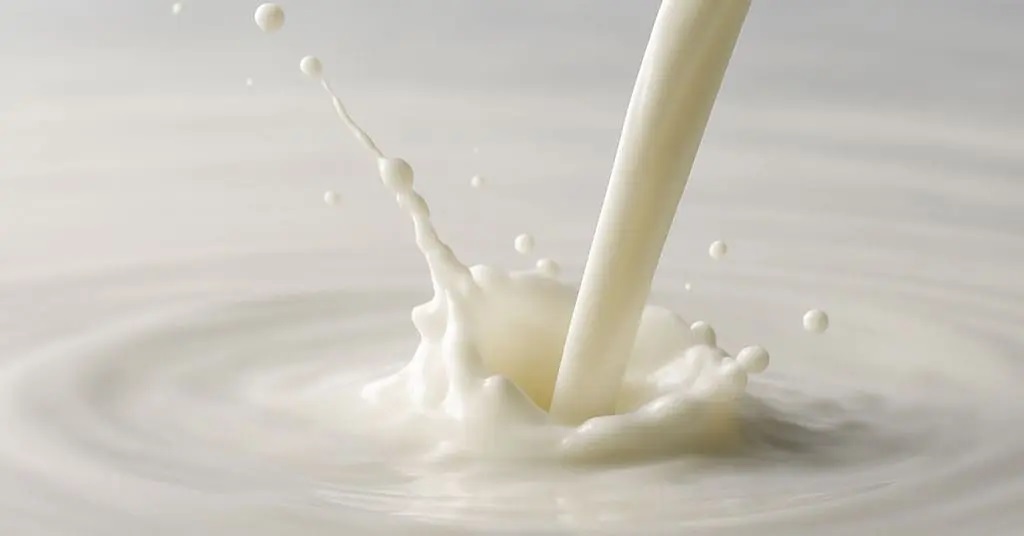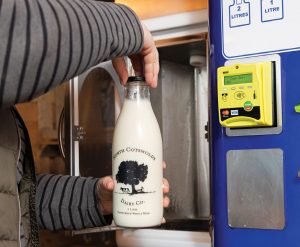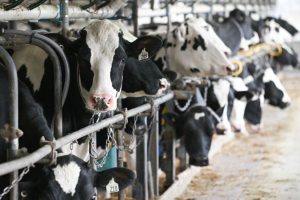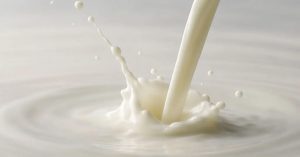
While a strengthening US dollar and lower milk production normally means higher returns for New Zealand dairy exports, a weaker NZ dollar isn’t all good news for farmers, according to Westpac senior agri economist Nathan Penny.
Penny puts last week’s drop in Global Dairy Trade (GDT) prices to the “rising dairy prices in local currency terms and a degree of cautiousness in dairy markets following the broader financial market nervousness of the last few weeks”.
Dairy prices have essentially given back their gains at the previous auction. Butter prices led the falls, plunging 7%. Whole milk powder and cheddar prices both posted falls around 4%. Penny told Rural News the result was worse than what futures markets had forecast.
“Markets are increasingly concerned that the global economy may slip into recession as global central banks aggressively hike interest rates in their battle against surging inflation,” he says.
One of the key market moves has seen investors buy safe haven assets like the US dollar in favour of currencies perceived to be riskier like the NZ dollar.
This move led the NZD as low as US$0.56 last week.
Penny points out that on the surface a weak NZD/USD boosts farmer incomes, including the milk price.
Focusing only on the currency and using Westpac’s current dairy commodity price forecasts, a one cent move in the NZD/USD would add up to 18c to the milk price estimate, he says.
“However, a weaker NZD/USD can impact dairy markets in other less favourable ways.
“First up, other currencies like the Chinese Yuan have also fallen against the USD.
“As a result, dairy commodity prices have become more expensive for buyers in our largest dairy market. And as we have seen overnight, with dairy auction prices falling, this can lead to lower dairy demand. Secondly, the strong US dollar may also be a symptom of or a signal that the global economy is weakening.”
A weaker global economy can also lead to lower demand for goods, including for dairy products.
Westpac is sticking to its 2022-23 forecast milk price of $9.25/kgMS.
Penny says the risks to its forecast are now more balanced.
“On the upside we have the ongoing weakness to global dairy supply, while on the downside we have the fragile global economy and its potential negative implications for global dairy demand.”
ASB is also sticking to its forecast milk price of a record $10/kgMS.
Nathaniel Keall, ASB economist, says its “bullish” forecast has long been based on the view that global dairy output is likely to remain extremely constrained over the course of the season, keeping prices well supported.




